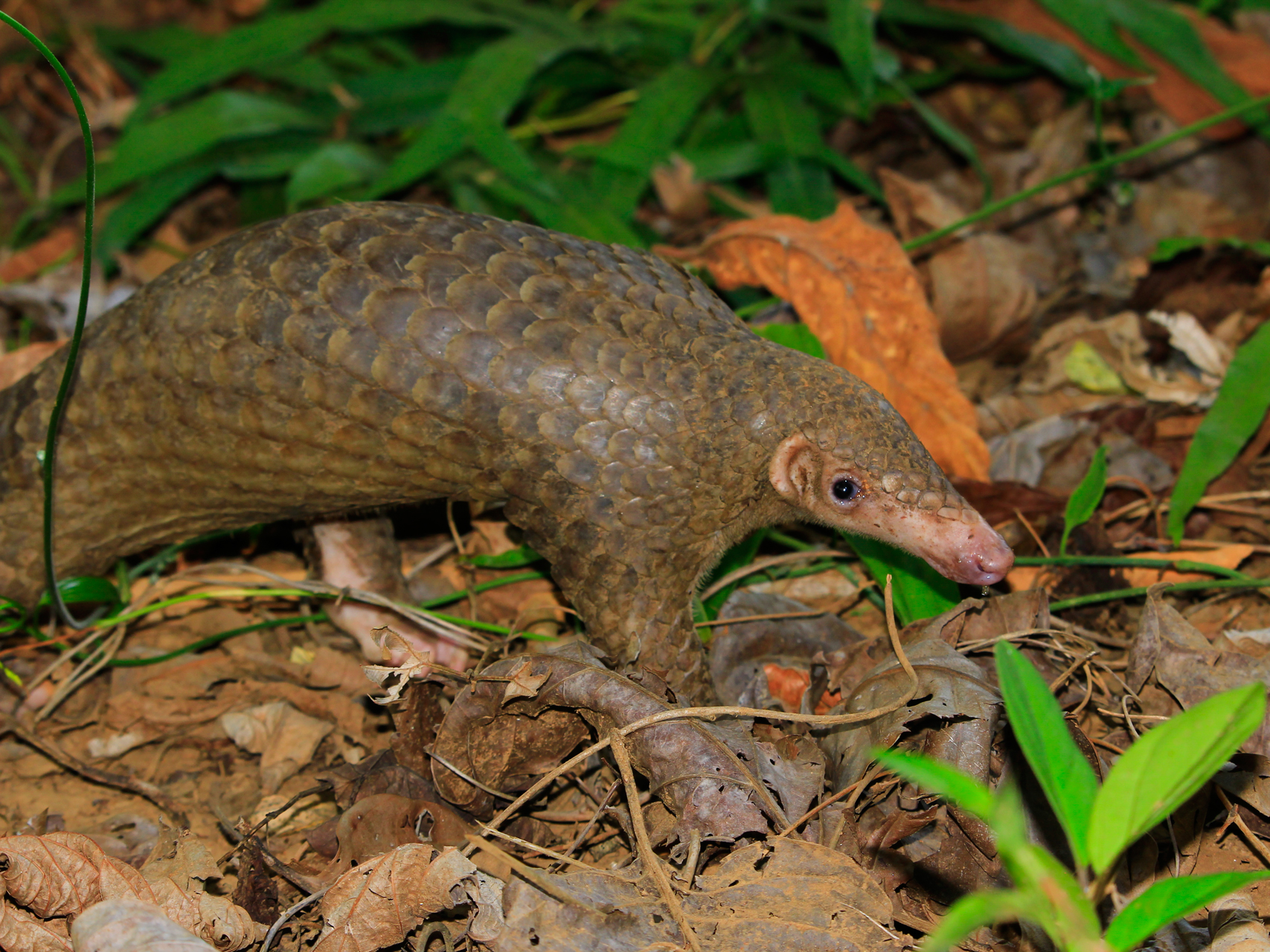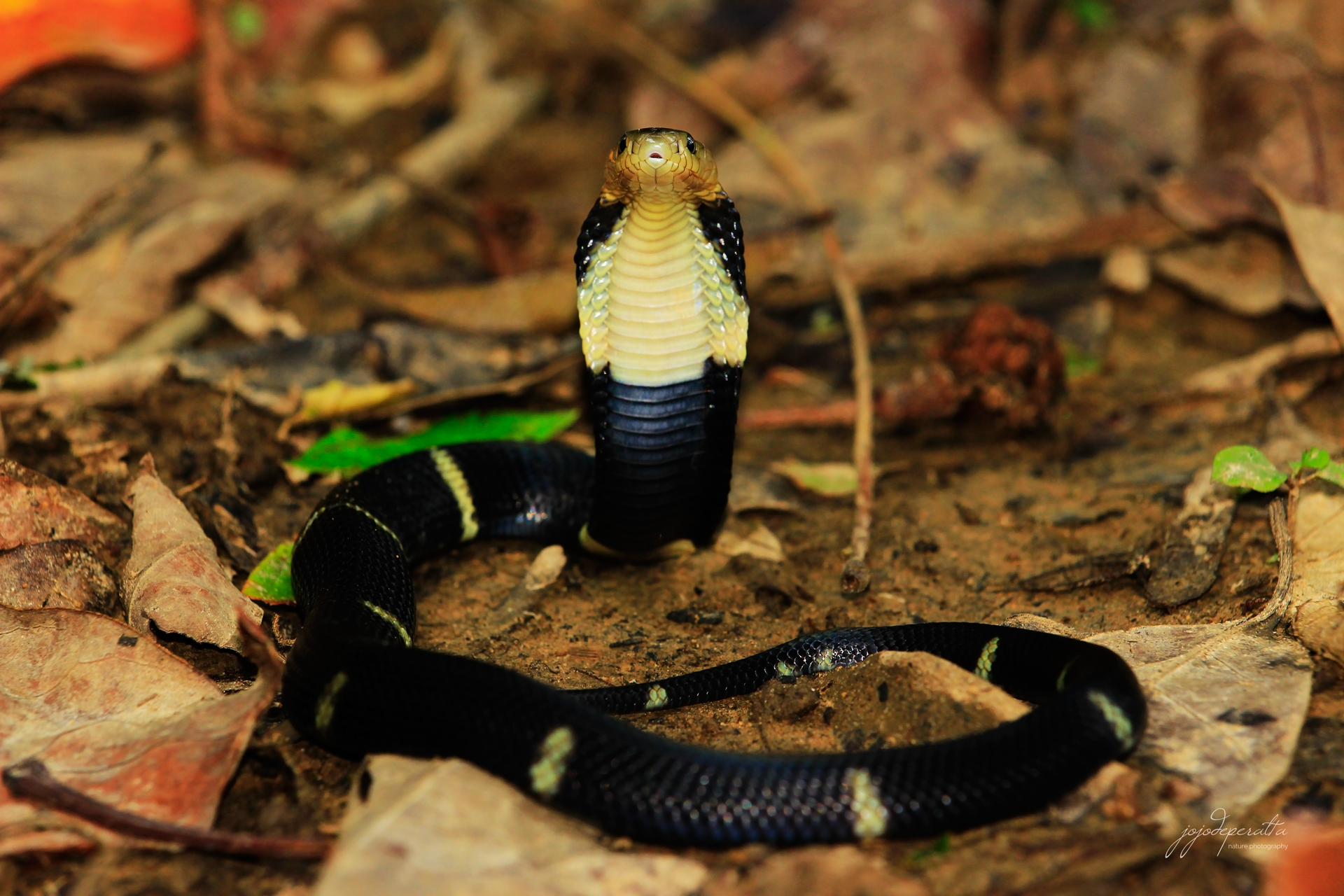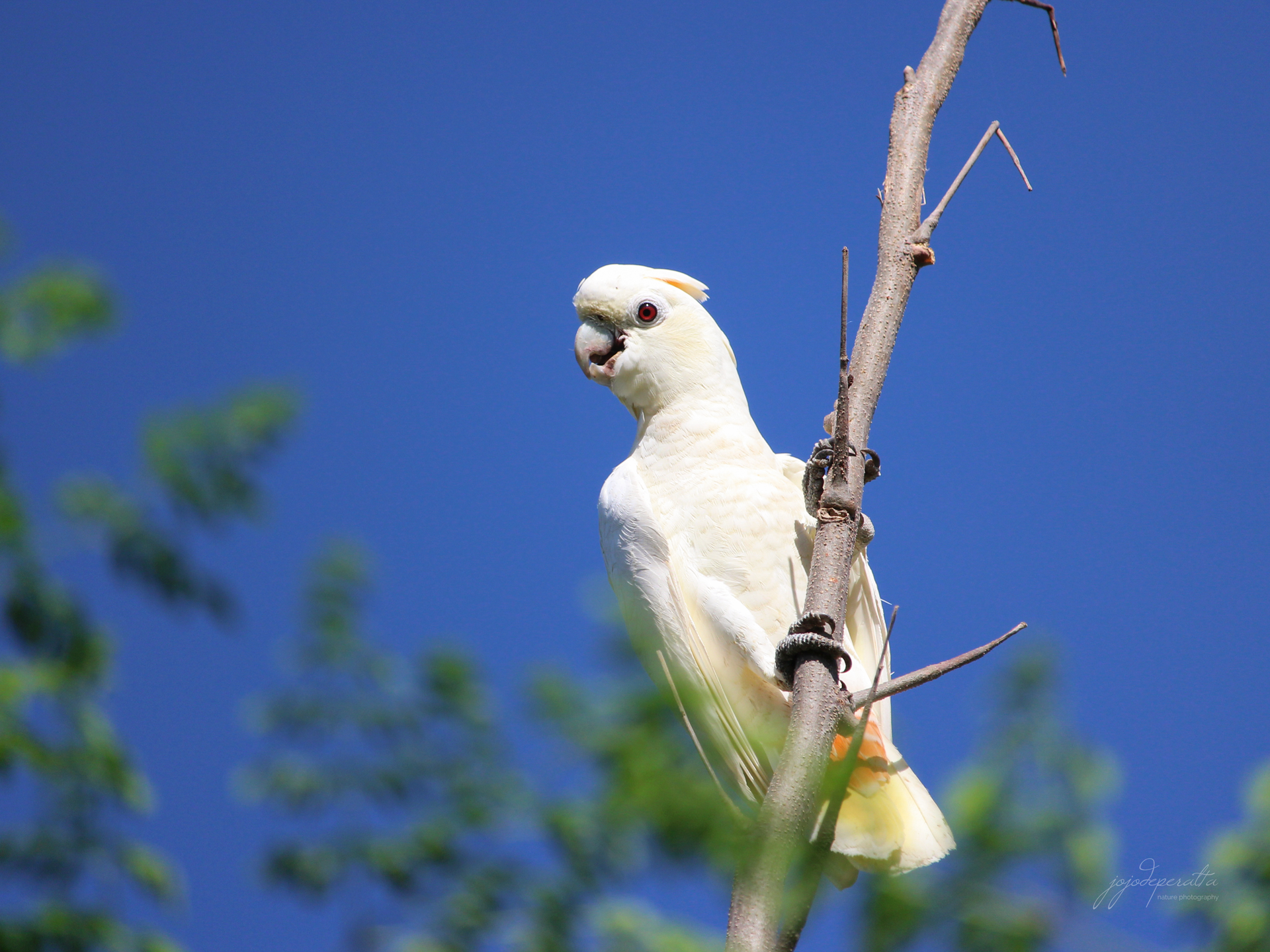Palawan Pangolin
There's no other creature in the Palawan forest more hunted than the Palawan Pangolin. This critically endangered pangolin species is endemic to Palawan, and due to the exaggeration of its medicinal value, pangolins in Palawan (Manis culionensis) are facing extinction caused by illegal trade. Rumors about its medicinal healing power are making pangolin scales in demand on the black market, and its populations have experienced drastic declines caused by poaching. Our Pangolins are already suffering from disappearing lowland habitats due to the conversion of lowland forests to farming, charcoal making, and residential use. The illegal poaching activities are pushing this species deeper toward extinction.
Palawan pangolins mainly live in trees and are excellent climbers. They have powerful limbs and can use their tail when climbing. Its tail is strong enough to support its weight. They spend the daytime hiding or sleeping on a tree and only go down to the forest floor to forage for food at night. We often encountered them on the forest floor from around 9 in the evening until 3 in the morning. Large adults are often observed curled up into a ball high up on a tree during day time, sometimes hidden in thick foliage, but most time in the open. A hiking friend once found a small pangolin living in a ground burrow a few meters up on a rocky river bank, but an old hunter told me that younger ones prefer taking refuge inside hollow trees.
 |
| Palawan Pangolin |
Pangolin feeds mainly on ants and termites, and they play an important role in our forest. Without them, there's a huge imbalance in our ecosystem. We have very few species in the wild that prey on ants, and although some animals in the forest eat termites, they're not like the Pangolins that can tear open termite mounds and aerial nests and eat in large quantities. Imagine our forest without an efficient regulator of fast-reproducing ant colonies and wood-destructive termites.
There is little information on what species of termites and ants this pangolin eats in the wild. On a herping trip in Aborlan six years ago, we chanced a young pangolin feeding in the Anoplolepis ant's nest. I'm not sure if it was feeding on ants, ant eggs, or both. I heard that young pangolins in captivity eat freely on ant eggs. In Palawan, it is common knowledge that mound-building termites are pangolin food. Termite mounds in the open field are often left untouched, but it's not unusual to see claw marks and holes in termite mounds close to the forest edge or hidden in tall grasses and shrubs in places where pangolin inhabits. In densely forested areas, especially in a higher elevation where this termite rarely builds mounds, it seems to settle on ants and ant eggs, some kind of insect larvae found in rotten logs, and the smaller Coptotermes termites. We have seen nests of this termite in the forest torn open by pangolin's powerful claws.
There is also little information about its population and distribution in Palawan. Its elusive behavior and nocturnal habits often avoided the researcher's powerful torchlights. On the other hand, the poachers use traps and trained hunting dogs, the most primitive and efficient way to find these animals. The dog's ability to move fast through dense vegetation on the forest floor and the dog's extreme sense of smell is very effective in tracking the smelly and slow-moving pangolins. Pangolin emits an odor that is supposed to deter predators. Unfortunately, this smell makes it easier for the dogs to find them. Dogs are the root and the answer to why these poachers can find them in large quantities compared to well-funded and well-equipped researchers. Without hunting dogs, the chance of finding and catching pangolin under Palawan's thick undergrowths is very, very low.
In some places, eating pangolin meat is believed to have medicinal value. However, pangolins are one of the least frequently captured animals for bushmeat around here in Palawan. There are wild pigs, monkeys, porcupines, jungle fowls, doves, and pigeons in Palawan forests, and most locals and indigenous tribes prefer that meat to the smelly pangolin meat. In Palawan, pangolins caught by snares, modified net traps made of fish nets, and hunting dogs are often traded directly from hunters to smugglers or their middlemen. Hunting and trapping usually elevated during lean farming seasons from January to early May.
Pangolins rely on their hard scales as their primary defense against predators. It can curl into a ball with its face tucked under its tail, its hard overlapping scales acting as armor. Similar to Palawan Stink Badger, pangolins can also secrete a foul-smelling liquid from the glands near their anus used to deter predators, but it's very mild compared to Palawan Stink Badger smell and is not very effective in repelling predators like the Reticulated Python, the only natural predator of pangolin in Palawan's forest.
Pangolins are mostly trafficked by sea. The meat is often shipped concealed in frozen meat or frozen marine products. Scales are mixed in shipments of dried fish and dry commercial seaweeds. In late 2017 to 2018, most middleman operating on the western coast of Central Palawan stopped buying meat claiming that shipping pangolin meat became too risky and the price was not worth the risk. Dried scales, however, are easy to smuggle out of Palawan in small quantities than the meat, and the demand in the black market for pangolin scales remains high.
Pangolin scales are made of keratin and have no proven medicinal value, but pangolins are being slaughtered because some people believes they have unique medicinal properties. Eating pangolin meat is also rumored to have special health benefits and can enhance sexual performance. There is also no reliable evidence that this is true. Yet, rumors like this are like our rainforest, always fresh, always green. It's a good thing that the coronavirus pandemic temporarily stopped all wildlife trafficking and poaching activities in Palawan, giving this critically endangered species a moment of peace.

















